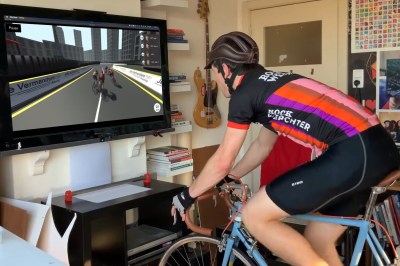We make no apologies for being hardware focused here at Hackaday, but that doesn’t mean we aren’t occasionally impressed by a particularly inspired feat of bit wrangling. For example, [t3ssel8r] has taken a break from his game to discuss his procedural animation system and the beautiful math behind it.
Sometimes, rather than having specific keyframes, games will instead use procedural animation. This means that the position is determined on the fly rather than a predetermined set of positions. Developers can use the combination of IK or FK (inverse or forward kinematics) to solve for rotation and positions of the joints that will place the end at a specific position. Particularly with crawling multi-limb things, it’s pretty easy to put a limb on the ground and keep it there until it’s too far away, pick a new spot, and move it there. It’s simple code to write and looks convincing. It can handle complex terrain and situations with different limb positions.
However, it doesn’t offer the chance to inject some life or personality into the movement as keyframes do. [t3ssel8r] goes through the equations and reasoning behind his semi-implicit Euler solver-based system. There are some fantastic explanations in the video, but the short version is that he has three parameters to control the system’s frequency, dampening, and initial response. This allows him to tweak the behavior in a somewhat intuitive manner. One problem is stability; if the timesteps get too large, the position quickly explodes outwards. Using eigenvalues (who ever thought you’d use those) to determine the minimum timestep allows the system to remain stable and take multiple smaller steps when needed or just bound the change temporarily.
If you’re looking for more animation, this blender plugin renders your PCB traces in a new light.















